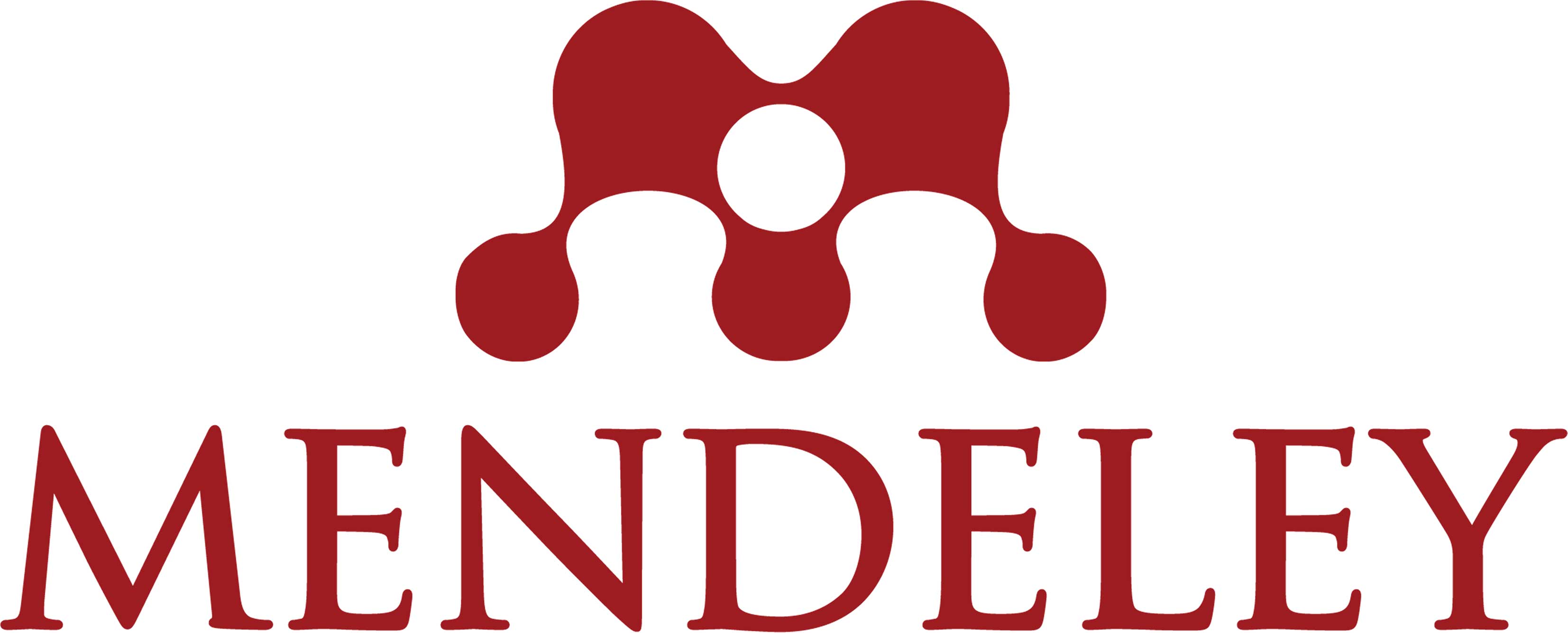SELF-CONCEPT OF GIFTED CHILDREN: QUALITATIVE RESEARCH
Abstract
This research aims to examine and analyze in depth the self-concept of gifted children. Self-concept is an individual's frame of reference for behavior that originates from internal socialization. This research uses a qualitative phenomenological approach. The subjects in this research were three people, and the data collection process was through interviews, observation and documentation. The results of the research show that gifted children have a self-concept, namely they like being a leader, have a high sense of curiosity, are critical, and sensitive, and have anxiety between their real self and their ideal self . Other things could be studied in further research regarding perfectionism in gifted children.
References
Bakar, AYA, Ishak, NM, & Abidin, MHZ (2014). The Relationship between Domains of Empathy and Leadership Skills among Gifted and Talented Students. Procedia - Social and Behavioral Sciences, 116, 765–768. https://doi.org/10.1016/j.sbspro.2014.01.294
Balley, S. (2023). Faster Pace, More Homework, More Anxiety - The Gifted And Talented Student Experience. Is This Ethical? In Journal of Engineering Research . California State University.
Corey, G. (2013). Theory and Practice of Counseling and Psychotherapy. In Thomson Brooks/Cole. (Ninth). Thomson Brooks/Cole. https://doi.org/10.2307/583738
Creswell, J. (2015). Educational Research: Planning, Implementing, and Evaluation of Qualitative & Quantitative Research . Yogyakarta Student Library.
Creswell, J. W. (2013). Research Design: Qualitative, Quantitative, and Mixed Methods Approaches. In Research design Qualitative quantitative and mixed methods approaches . https://doi.org/10.1007/s13398-014-0173-7.2
Cropley, A. J. (1993). Giftedness and school: New issues and challenges. International Journal of Educational Research , 19 (1), 1–98. https://doi.org/10.1016/0883-0355(93)90018-F
Edmunds, A., & Yewchuk, C. R. (1996). Indicators of Leadership in Gifted Grade Twelve Students. Journal of Secondary Gifted Education , 7 (2), 345–355. https://doi.org/10.1177/1932202x9600700202
Gur, C. (2011). Do gifted children have similar characteristics?: Observation of three gifted children. Procedia - Social and Behavioral Sciences , 12 , 493–500. https://doi.org/10.1016/j.sbspro.2011.02.061
Lopez, S. J., & Snyder, C. R. R. (2006). Positive psychological assessment: A handbook of models and measures. In Database . https://doi.org/10.1037/10612-000
Nanik. (2000). Exploring the Characteristics of WISC Intelligence Test Results in Children with Attention Deficit and Hyperactivity Disorders. Journal of Psychology
Negara, PP, Ishak, NM, Zahidi, AMM, Yassin, SFM, Ishak, NM, Yunus, M. MM, Majid, RA, Md Yunus, M., Sulaiman, A., Hasrul Kamarulzaman, M., Ishak, NM , Yusof, R., Ishak, NM, Zahidi, AMM, Kamaruddin, SNDM, Abd Razak, AZ, Wan Kamaruddin, WAZ, Zulkefly, NR, Mohd Amin, AF, … Ishak, NM (2013). Education Rorlinda Yusof. Leadership Characteristics Among Gifted and Talented Students at Malaysia National Gifted Center. The European Journal of Social & Behavioral Sciences , 6 (8), 121–128. http://dx.doi.org/10.1016/j.sbspro.2012.09.540
Papandreou, A. (2023). “Conforming and Condescending Attitudes of Gifted Children in Response to Their Social Anxiety and Asynchronous Cognitive and Emotional Development.†Biomedical Journal of Scientific & Technical Research , 50 (2). https://doi.org/10.26717/bjstr.2023.50.007934
Somantri, HTS (2007). Child psychology is amazing. In PT Refika Aditama .
Sue, D. W., & Sue, D. (2012). Counseling the culturally diverse: Theory and practice. Adolescence , 5th , 200–201. https://doi.org/10.1097/00005053-200006000-00016
Copyright (c) 2024 Ajeng Intan Nur Rahmawati, Imam Ariffudin

This work is licensed under a Creative Commons Attribution-ShareAlike 4.0 International License.
Authors who publish with this journal agree to the following terms:
1) Authors retain copyright and grant the journal right of first publication with the work simultaneously licensed under a Creative Commons Attribution License that allows others to share the work with an acknowledgment of the work's authorship and initial publication in this journal.
2) Authors are able to enter into separate, additional contractual arrangements for the non-exclusive distribution of the journal's published version of the work (e.g., post it to an institutional repository or publish it in a book), with an acknowledgment of its initial publication in this journal.
3) Authors are permitted and encouraged to post their work online (e.g., in institutional repositories or on their website) prior to and during the submission process, as it can lead to productive exchanges, as well as earlier and greater citation of published work.





